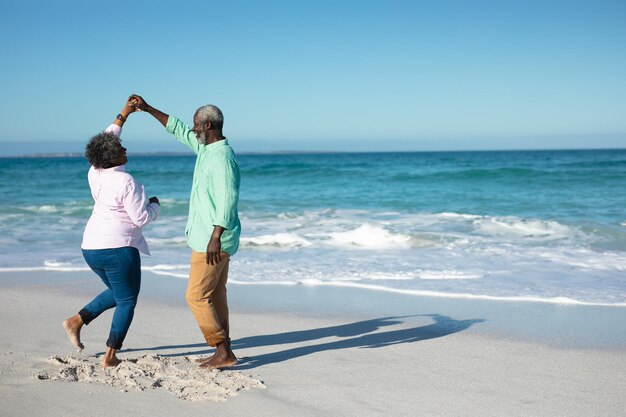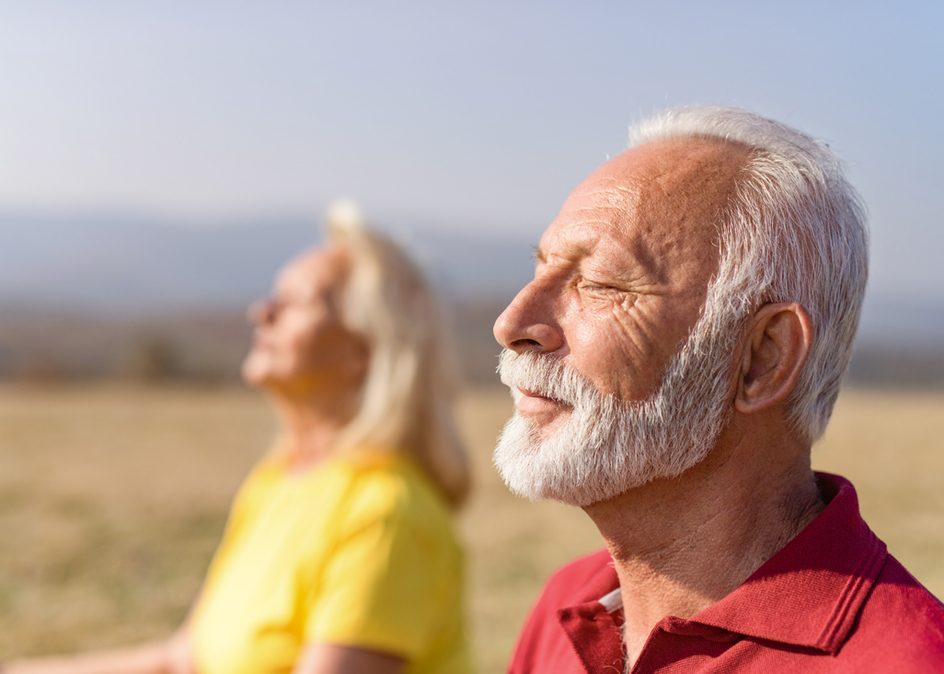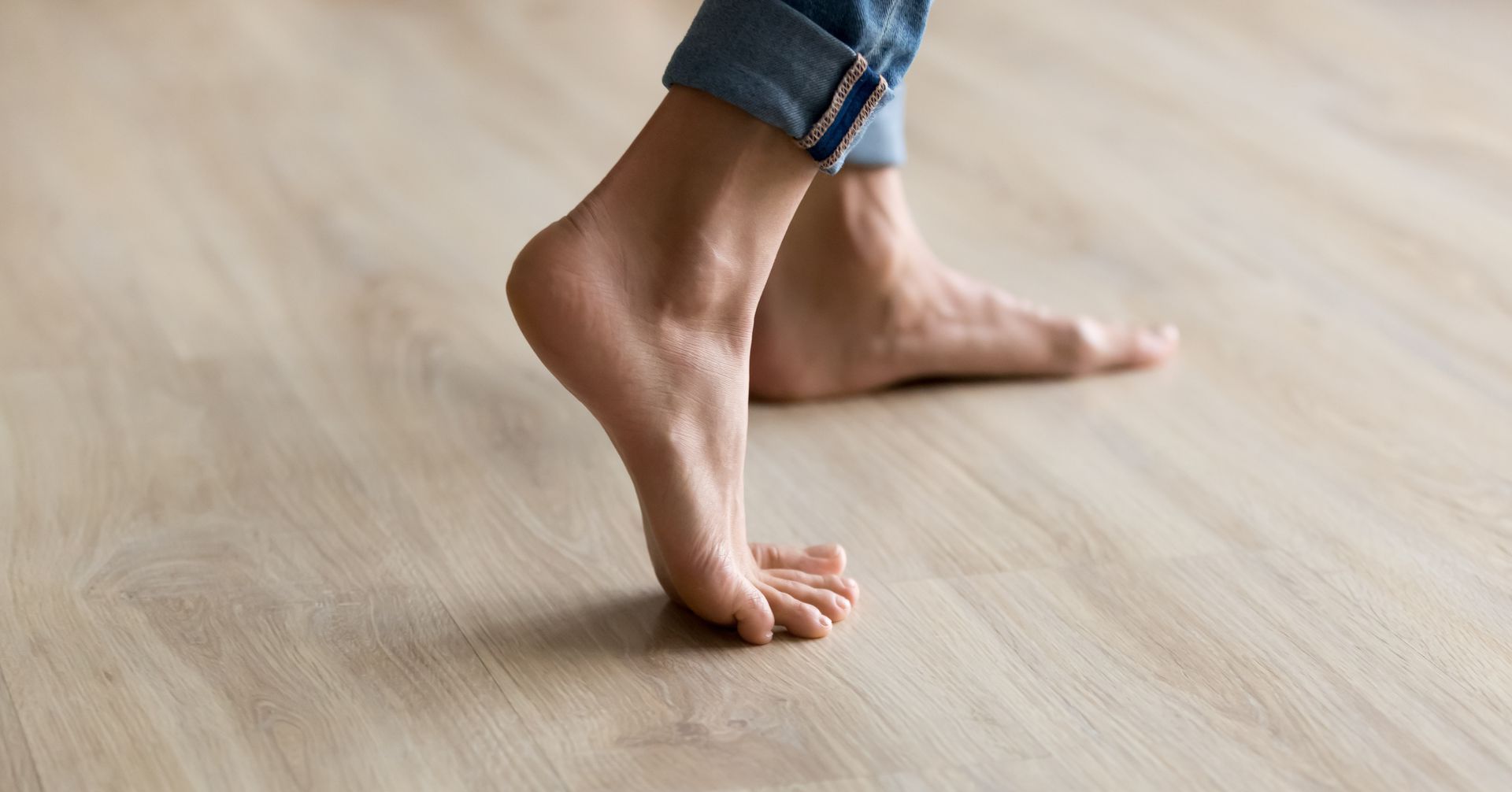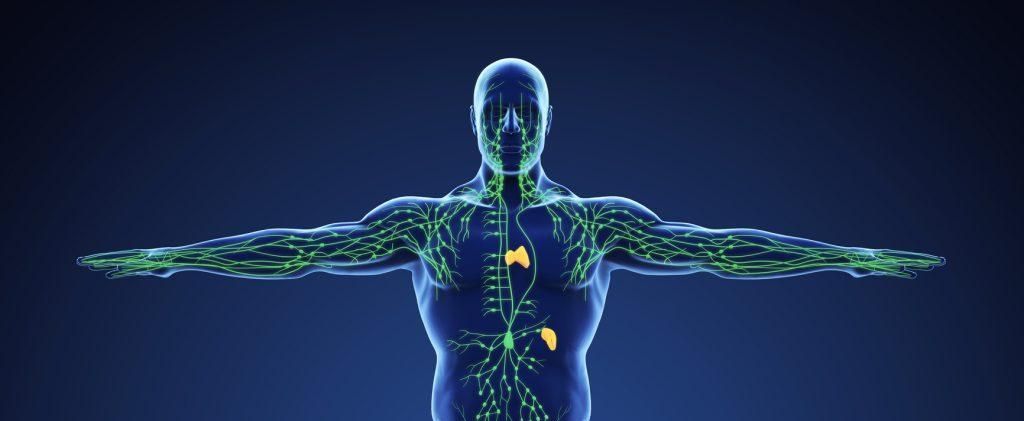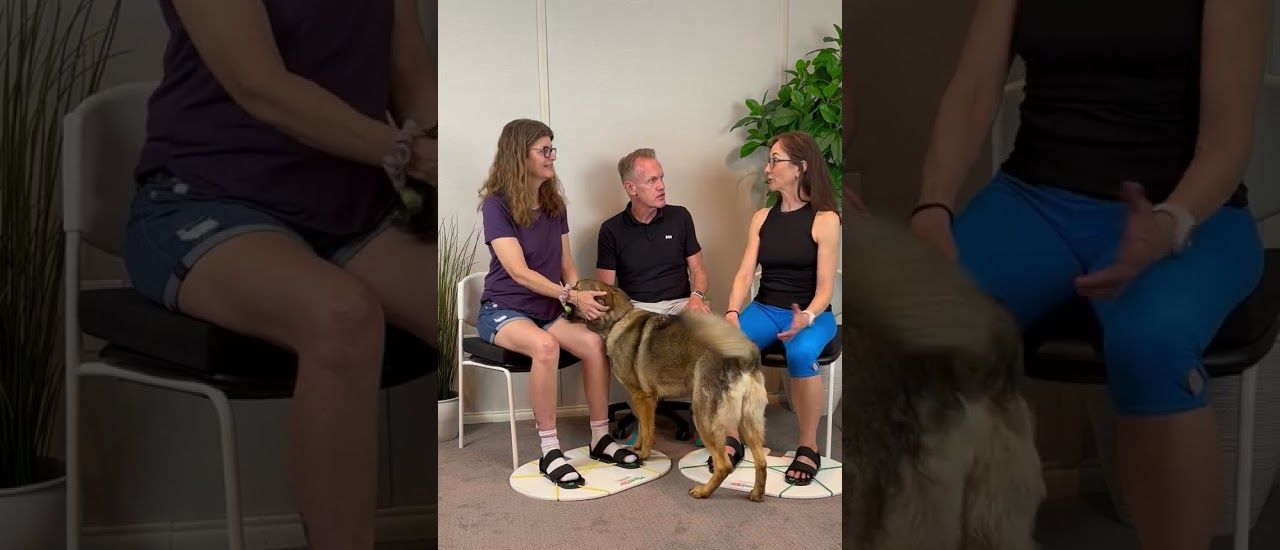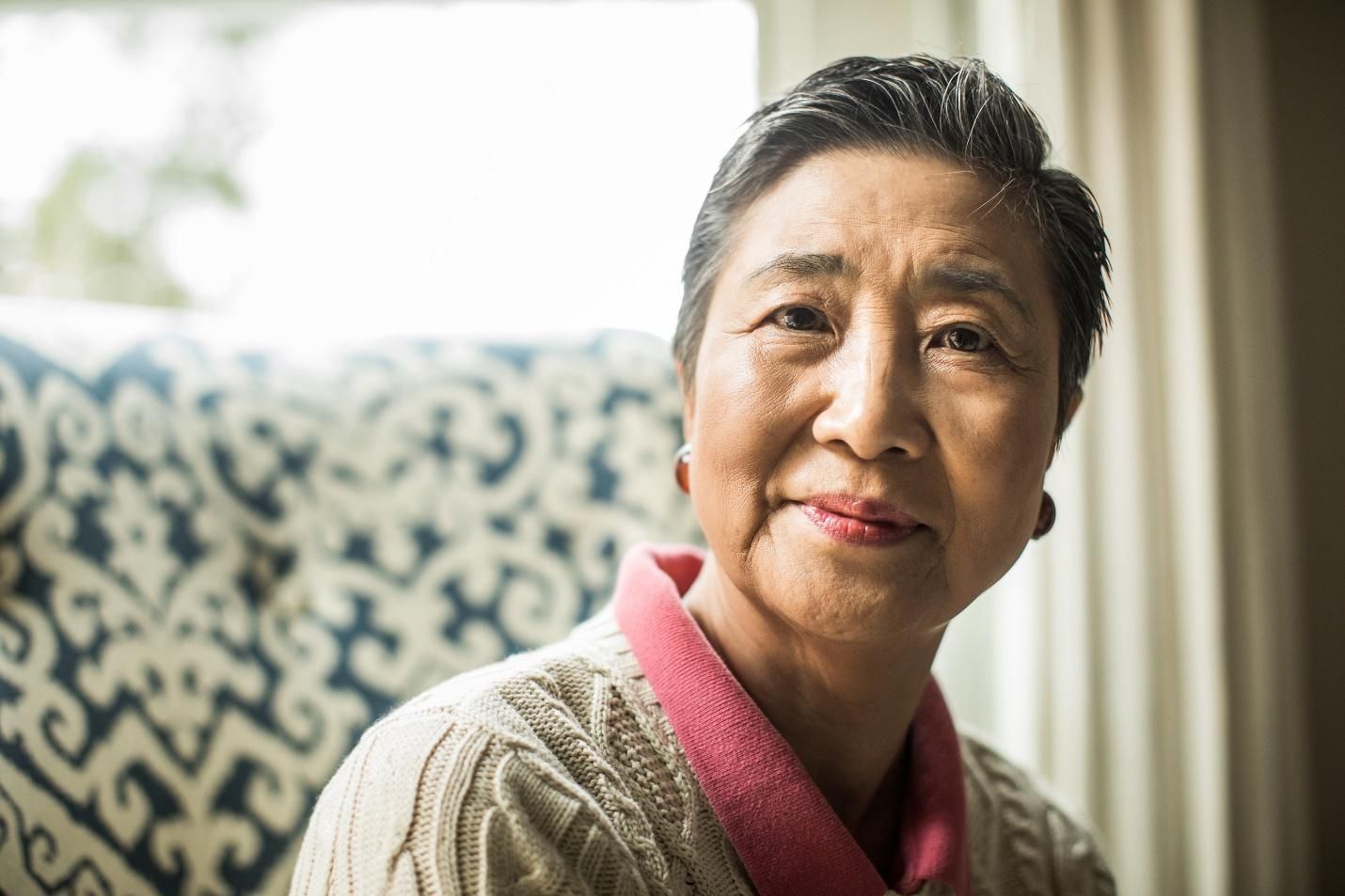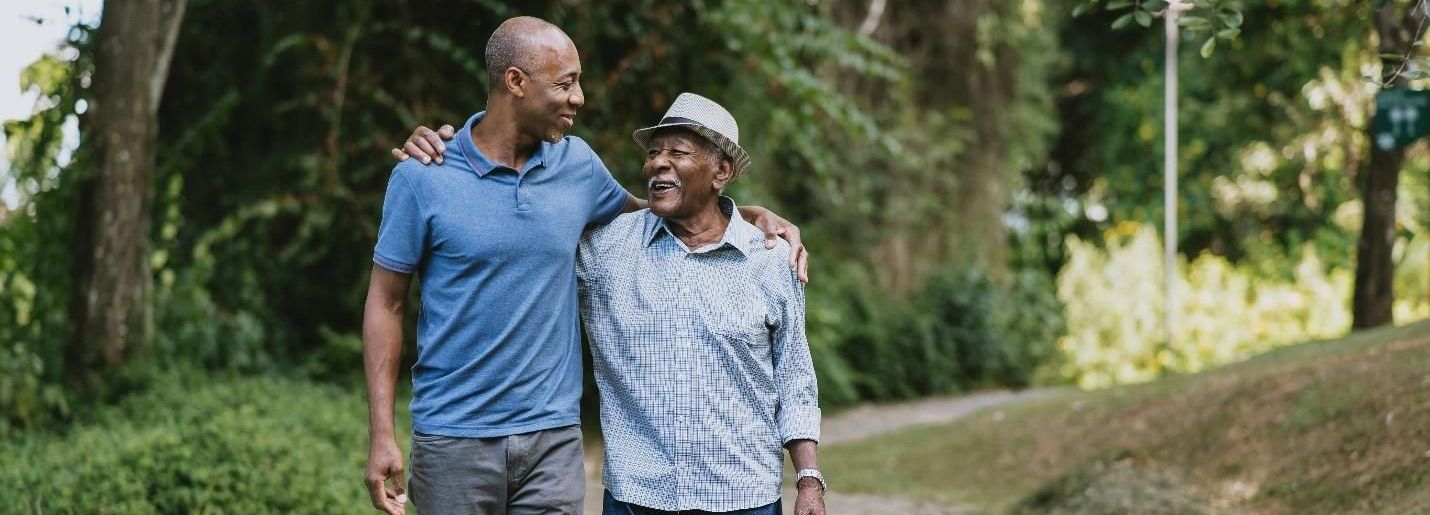Why We Lose Balance and How We Fix It
It’s no secret that balance tends to decline with age. We all take it for granted until we start noticing our balance isn’t as sharp as it used to be. You may notice that you are swaying a bit more while standing and walking, or feeling weaker or less steady. We all want it, but what is balance? We need to understand what it is in order to restore what was lost, safely, effectively and efficiently.
In science-speak, balance is the ability to maintain the body’s center of mass over its base of support. Your center of mass is a few inches below your belly button or can be thought of as your trunk. Your feet are your base of support (unless you are performing a handstand, then your hands are your base of support!) Since walking is the most functional activity we perform day-in and day-out, we will focus on balance being the ability to maintain our trunk over our feet.
Balance is the ability to stay upright when standing (static balance) or when moving and performing activities like walking or climbing stairs (dynamic balance). This ability tends to decline with aging. The most common question I hear from older adult clients is, “Why am I losing balance?” Let’s find out why.
What is Balance?
Balance is a sense that lives in the brain. Balance relies on information constantly flowing into the brain from three main sensory systems including our visual, vestibular and proprioceptive systems. Moving properly depends on the ability of the brain to gather and interpret the sensory information provided by eyes, ears and joints. This is essential because the brain then tells the body how to respond to stay upright and balanced.
The quality of the sensory input gathered directly impacts the quality of movement. The stronger the sensory signals sent to the brain, the more accurate the instructions sent to the body will be. On the flip side, as sensory signals become impaired, movement quality dwindles, as reaction time becomes slower.
What is Balance?
Balance is a sense that lives in the brain. Balance relies on information constantly flowing into the brain from three main sensory systems including our visual, vestibular and proprioceptive systems. Moving properly depends on the ability of the brain to gather and interpret the sensory information provided by eyes, ears and joints. This is essential because the brain then tells the body how to respond to stay upright and balanced.
The quality of the sensory input gathered directly impacts the quality of movement. The stronger the sensory signals sent to the brain, the more accurate the instructions sent to the body will be. On the flip side, as sensory signals become impaired, movement quality dwindles, as reaction time becomes slower.
Making Sense of Balance: The 3 Systems
Let’s explore the sensory systems that make up balance.
Visual System:
Your eyes tell your brain about where your body is relative to the environment, whether you are walking inside your home, in a busy airport, or strolling on the beach. With aging eyes, a great many people don eyeglasses to function day to day, and as our eyesight weakens, so too does the quality of the sensory input.
Vestibular System:
The ears relay information to the brain about the motion and position of the head to adjust posture to maintain balance. The inner ears can be thought to function like both a level and accelerometer. Semicircular canals in the inner ears contain fluid and tiny hair cells. As the head nods up and down, moves left to right, or tilts to the side, the fluid in the inner ear moves and the tiny hair cells sense the speed and direction the head is moving in.
By age 70, it’s typical to have lost 40% of those sensory-detecting hair cells (Zalewski 2015).
Proprioceptive System:
Proprioception, literally meaning “sense of self”, is your sense of body awareness. It’s how you understand the parts that make up your body, where they are located, how they feel and even what they can do. It’s the way your body communicates with itself so you can walk without looking at your feet.
Proprioception is a prerequisite for balance and movement to prevent falls. Moving freely and in control starts with being aware of your body. You first need to know where your joints and body parts are to walk, maintain an upright body alignment, and move through all the directions that life moves in, from walking forward and backward, side-to-side, reaching up, bending down, twisting, turning, and dancing the night away!
Proprioceptors are sensory nerves that live in and around joints, in ligaments, joint capsules, tendons, muscles and connective tissues. They sense and send signals to the brain about joint position and motion, as well as the muscle force involved in movement.
As our proprioceptive abilities decline with age, it becomes more difficult to sense where our body parts and limbs are in time and space. This reduced sense of body awareness can impair joint function, body alignment, control and coordination. This results in poor balance and movement, significantly increasing fall risk.
Balance and Aging
The quality of our sensory information shapes our ability to balance. As we age, it is common for the sensory input from eyes, ears and joints to decline. This is why we start noticing that our balance isn’t as sharp as it used to be. It’s similar to having a staticky phone conversation when you can’t hear clearly to respond accurately.
In the same way, poor sensory input from your body results in a brain that doesn’t have enough information to properly advise the body on how to move to stay upright and balanced.
Losing and Restoring Balance
As our eyes, ears and joints lose their sensory capabilities, this is why balance is gradually lost. Your body is resilient, and you can improve your function given the right stimulation. Up to 70% of the sensory input for balance comes from your joints (Peterka 2002), so improving joint function can be a highly efficient way to improve your proprioception at any age so you can enjoy better balance and more confidence to prevent falls.
With 12-points of resistance, the MoveMor Mobility Trainer makes it simple to restore joint flexibility and strength in less time than any other tool, all from a safely seated position! This way you can activate your proprioceptive sensory nerves to balance better while stimulating your motor nerves for more strength and quicker reflexes.
Get started on your journey to feeling steadier, stronger and more confident by visiting MoveMor.com/exercise-programs. There are 7 exercise programs to choose from that vary in length from 5-30 minutes. Perform the exercises in a pain-free range of motion, 1-3 times per week on non-consecutive days. Enjoy better balance and that extra spring in your step today!
